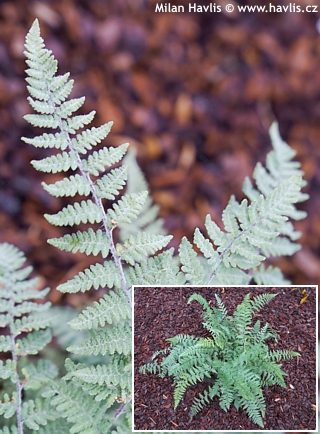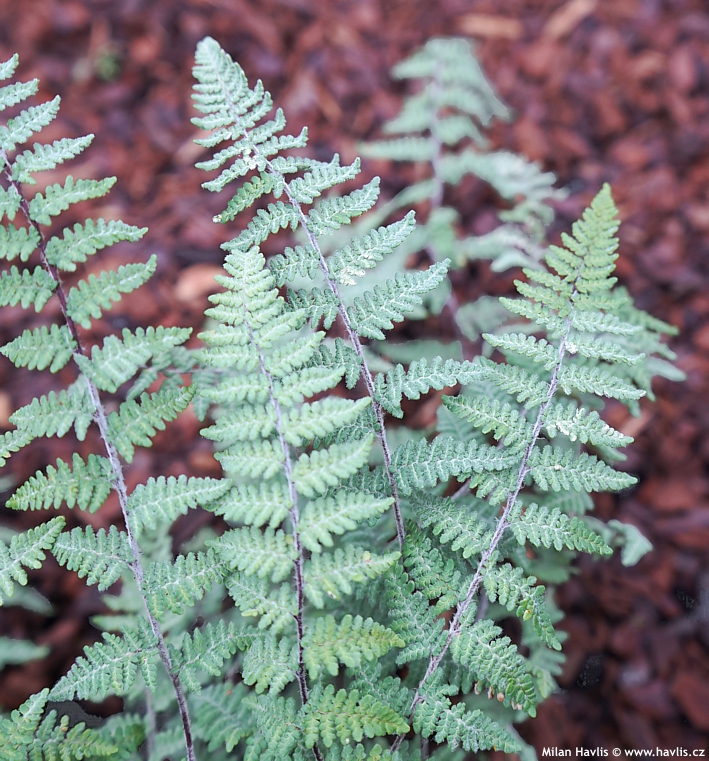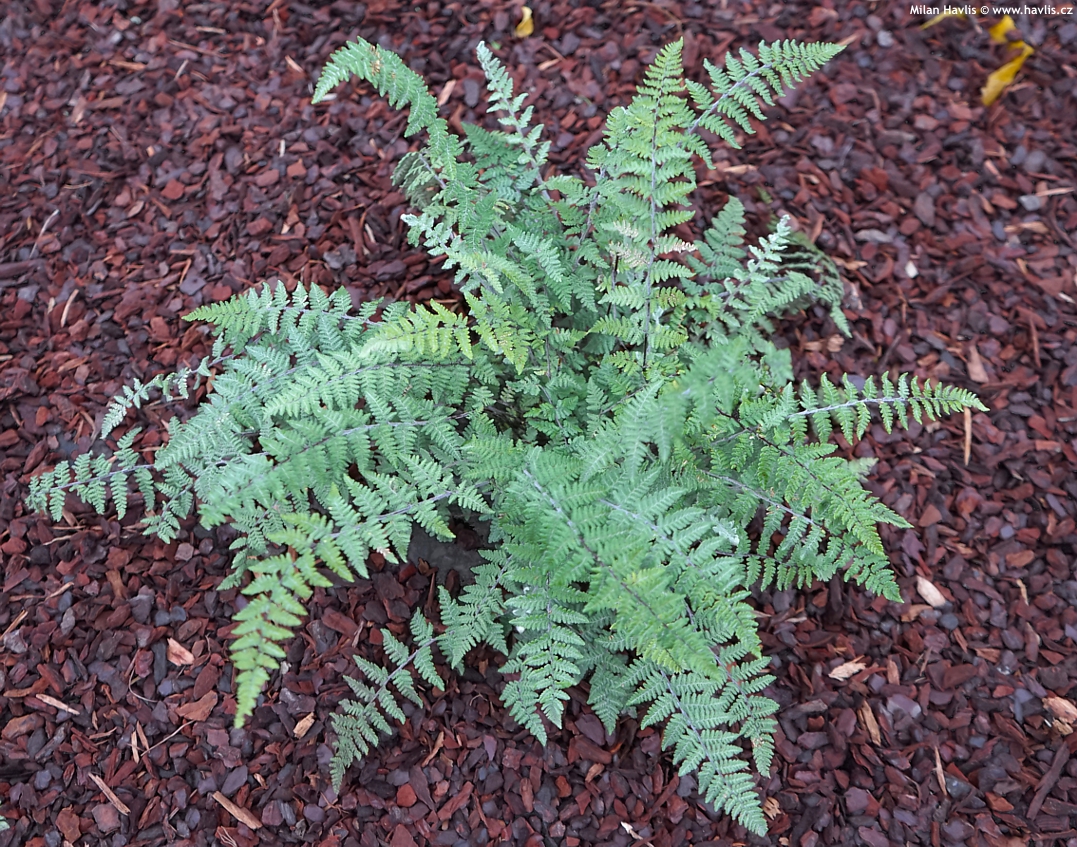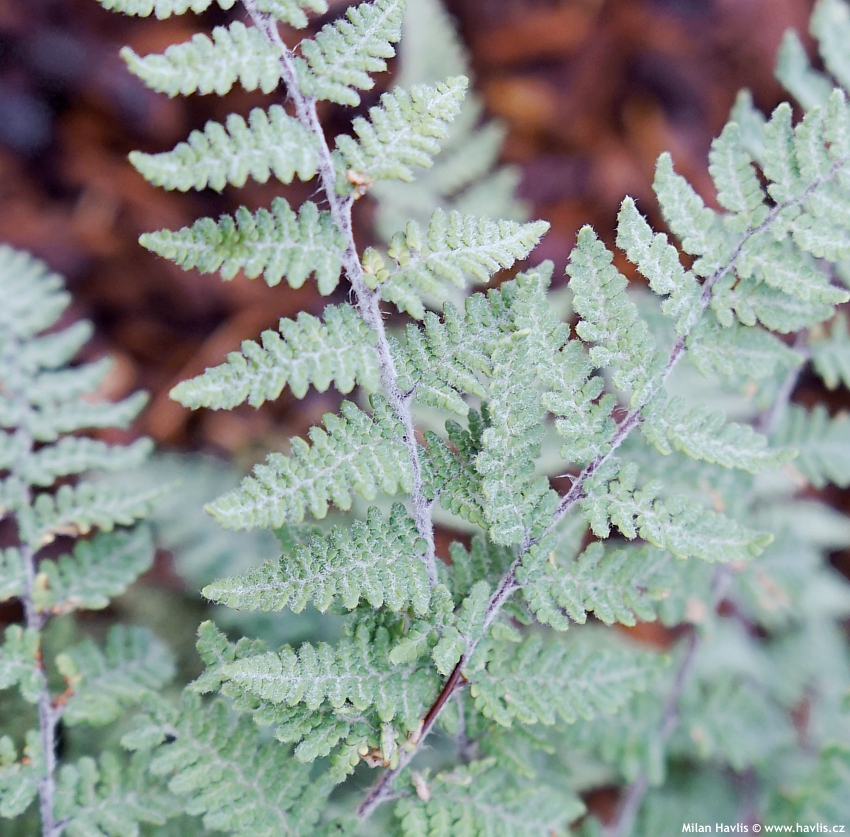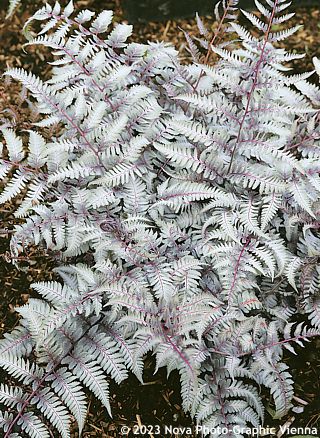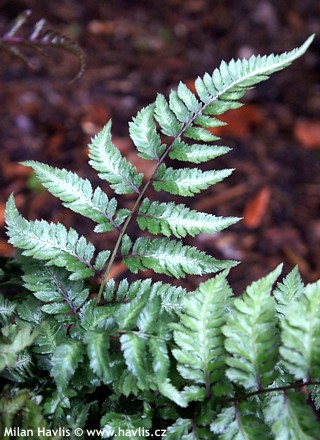Myriopteris tomentosa (syn. Cheilanthes lanosa) woolly lip fern
Lip fern is a large genus of more than 150 species from almost all around the world. It comprises of mostly evergreen, drought-loving ferns that don’t suffer from pests but botanists. Why? Because over the past nearly 200 years they have been arguing about its Latin name! First described in 1833 and named Cheilanthes lanosa in 1836 it was supposed to be it. But already 5 years later it was transferred to Notholaena, in 1852 to Myriopteris, in 1868 back to Cheilanthes, and the battle over one genus did not stop until 2013 when based on molecular evidence it was confirmed to belong to Myriopteris. If its sounds like a happy ending think twice. Because in 2018 comes Maarten J.M. Christenhusz who moves it again, this time to Hemionitis. And you know what? Whatever the name, the plant really does not care the tiniest bit.
Woolly lip fern is a unique fern native to South USA and Mexico that is rare in Europe. It produces 20-30 cm long, pinnatifid fronds composed of picturesque segments with rounded lobes. They are pale green to blue green, and thanks to heavy cover of minute hairs they look silvery grey like frosted. Young leaves are erect and tend to arch a little into an almost mounding habit when mature.
This lip fern one of the easier to grow unlike most others from the genus. Still, it has some requirements that have to be met: excellent drainage, best placed in a rockery with sharply draining soil, and location in full sun only. It hates wet and cold and shade. The soil can be acidic of alkaline, it will grow in poor soils, too, but will benefit from organic matter in the ground. The leaves are quite hardy and withstand frosts for a certain period. Still, if tired and unsightly after winter cut them all off in spring to encourage new growths. With good drainage it is hardy to about -24°C (USDA zone 6).
Last update: 03-12-2020

































